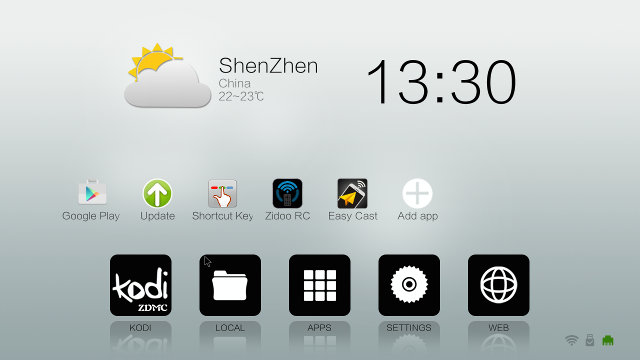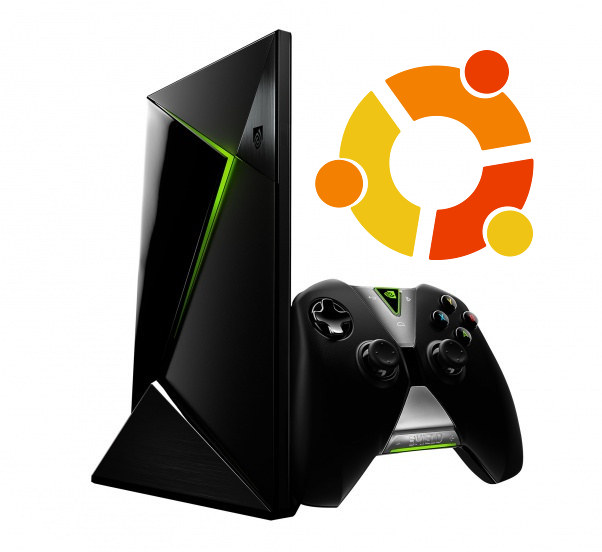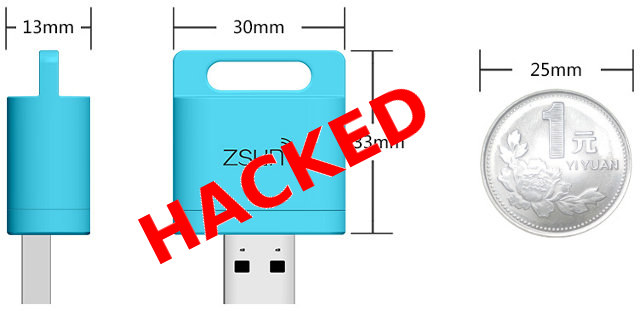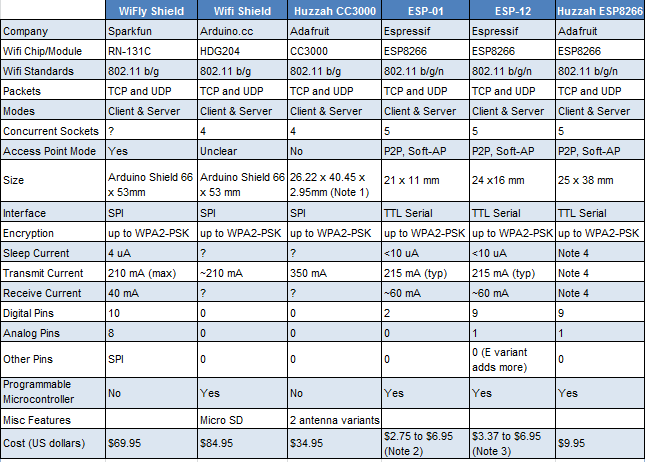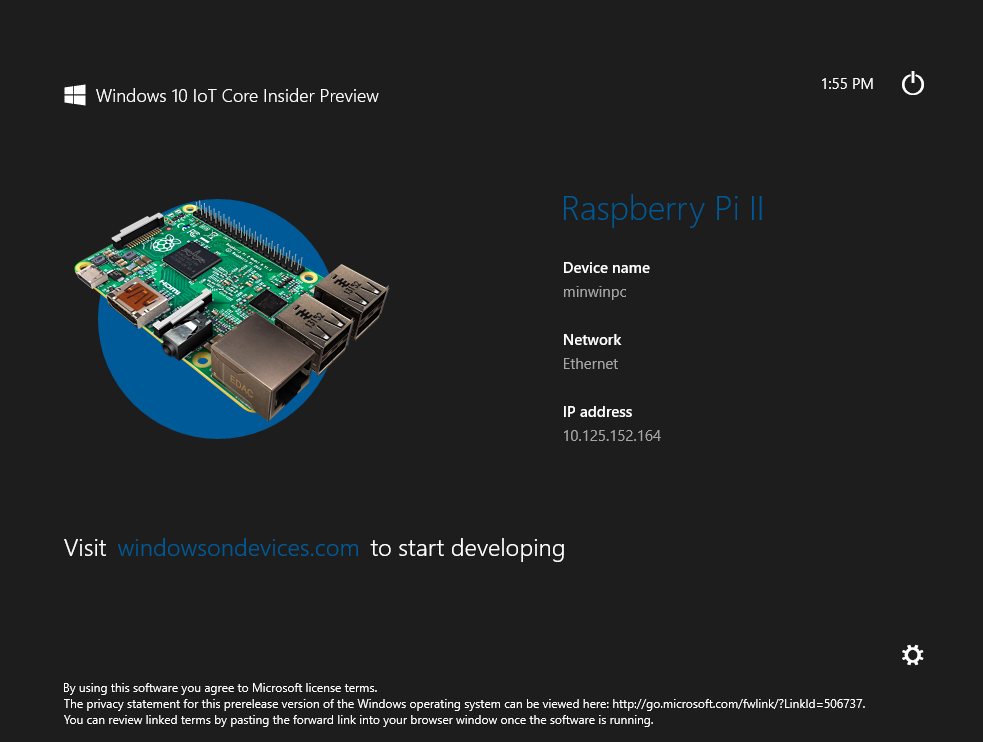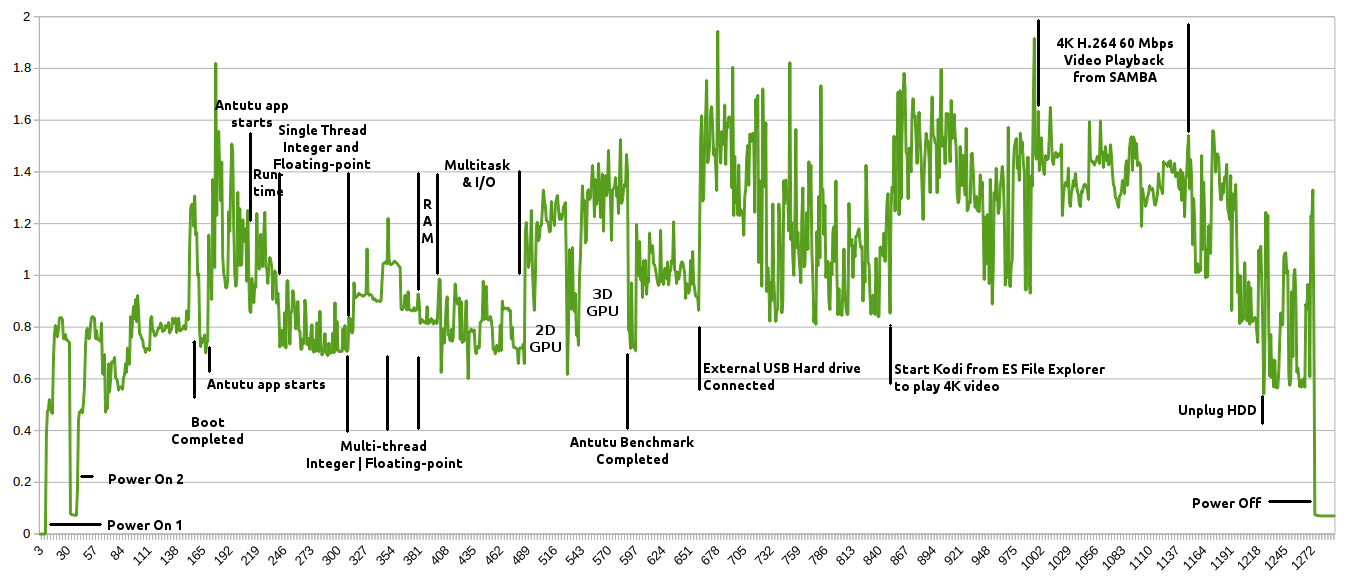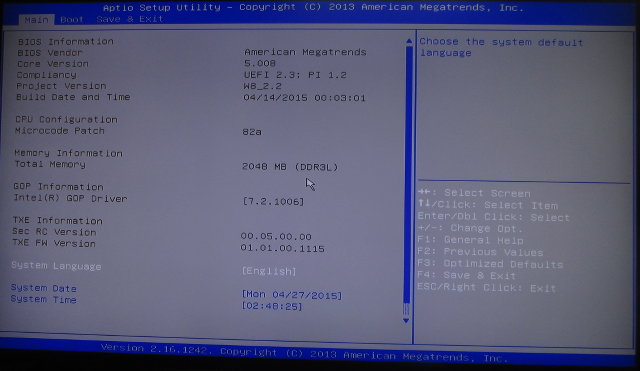In theory, Allwinner H3 is supposed to be a better alternative to Amlogic S805 processor thanks to more powerful Cortex A7 cores, and support for 4K video output and playback, while Amlogic S805 only features four Cortex A5 cores, and support H.265 up to 1080p60 only. Zidoo X1 is one of the TV boxes recently released with H3 processor. If you’ve not read my two previous posts yet, you may want to check out Zidoo X1 specifications, as well as the unboxing and tear-down post. In this post, I’ll focus on testing performance, stability, and video playback capabilities with Kodi. First Boot, Settings and First Impressions I’ve connected an Ethernet cable, an HDMI cable, a USB hard drive, and a USB hub with a USB webcam, an two RF dongles for an air mouse and a wireless gamepad. The box will boot automatically as you connect the power adapter. Boot […]
Nvidia SHIELD TV Benchmarks in Ubuntu Shows Core i3 Like Performance
Nvidia SHIELD Android TV was announced this March with Nvidia Tegra X1 octa-core Cortex A57 + A53 processor. So far, I had not seen any Ubuntu or other Linux distribution port, but Michael Mirabel of Phoronix got remote access to a Shield TV PRO – model with a 500GB hard drive – running Ubuntu 14.10. It’s not clear who provided access, either Nvidia or third parties, but somebody posted an Ubuntu 14.10 port on XDA Developers Forums recently so it might be that one. He obviously ran Phoronix Test Suite on the device, and compared to it some other ARM devices (Compule Utilite, Jetson TK1), MIPS Creator CI20, low power x86 devices (Compute Stick, Intel NUC with Celeron N2820), and an Intel Core i3-5010u NUC. The Tegra X1 platform easily beats all other low power platforms, and comes close to the Core i3 mini PC in most tests. In the […]
Linux Based Zsun WiFi Card Reader Has Been Hacked Too…
A little while ago, I purchased Zsun SD111 W-Fi USB flash drive, and after several tentatives, I finally found a way to access the device’s serial console. Since then the company announced another wireless storage device with Zsun Wi-Fi card reader, and Zoobab decided to try to hack it too. Since the device is pretty hard to open without damaging the enclosure, connecting the serial pin was not really an option, and the first exploit was to input shell commands in the web interface SSID field… For example, entering reboot there, would indeed reboot the device. However, this would still not allow full shell access, and finally after a broader port scan, it was found out that TCP port 11880 was open for telnet daemon. You can then access the shell as root with the same password as SD111: “zsun1188”. For some reasons, telnet can’t work with the device, and […]
IoT Wi-Fi Modules Comparison Table – ESP8266 vs CC3000 vs RN131 vs HDG204
We now have several options to add WiFi to IoT / embedded projects at relatively low cost, and ESP8266 based solutions clearly wins on costs, but are there some advantages to other higher priced modules? To help us find out, Mike Barela has put up a comparison table with some Wi-FI modules based on Espressif ESP8266, Texas Instruments CC3000, Microchip RN131, and H&D Wireless HDG204 processors. Note 1 – Also comes in Arduino Shield size with SD card slot for $39.95 Note 2 & 3 – Adafruit and Sparkfun sell tested units with AT Firmware for $6.95. lower prices are available on eBay, but quality may vary. Note 4 – Currents are probably somewhat higher than stock ESP-12 due to onboard LED and regulator. The comparison is not exhaustive, but it still appears to show ESP8266 solutions support most features than pricer competing modules. There are however case where competing […]
Linaro 15.05 Release with Linux 4.1 and Android 5.1
Linaro 15.04 has been released with Linux 4.1-rc4, Linux 3.10.79 and 3.14.42 (LSK), and Android 5.1_r3. The Ubuntu image is now based on Vivid instead of Utopic. Android and Debian builds/images have been released for Hikey’s 96boards, Ubuntu Vivid and Android builds have been setup for Qualcomm’s Dragonboard 410c. A new platform, Socionext M8M, has also show in Linaro changelog. I could not find details about M8M, but Socionext is a “new company that designs, develops and delivers System-on-Chip products” and focuses on “imaging, networking and other dynamic technologies”. Their latest press release mentions a 4K media processor with build-in HDMI 2.0 Tx and Rx, so maybe M8M is based on that processor, but I can’t know for sure as they have several chips. Highlights of this release: Linux Linaro 4.1-rc4-2015.05 GATOR updated to version 5.21.1 updated integration-linaro-vexpress64 topic by ARM LT: PCI support added – for Juno r1. Linaro […]
Windows 10 IoT Preview for Raspberry Pi 2 and MinnowBoard Max
When Raspberry Pi 2 Model B was released, we were promised a Windows 10 image for the board, and today, Microsoft released “Windows 10 IoT Core Insider Preview” for both the Broadcom BCM2836 based Raspberry Pi 2 and Intel Atom E3800 series based Minnowboard MAX boards. To get started with either board, simply go to Windows IoT – Getting Started page. I’ll quickly go through the instructions for Raspberry Pi 2. Beside the board, you’ll also need a PC running Windows 10 Insider preview (Virtual machine not supported), a 5V power supply, a HDMI cable (optional but recommended), an Ethernet cable, and a 8GB micro SD card, class 10 or better. The you’ll need to configure a connect account, where I had to accept two EULA including “Windows 10 IoT Core Insider Preview EULA”, and once this is done the area of the page for EULA should just be blank, […]
Intel Atom Z3735F mini PC Power Consumption in Android
I’ve already measured power consumption running Antutu and playing a 4K video on Rockchip RK3288 and Amlogic S812 platform, as described in “Power Consumption of Amlogic S812 and Rockchip RK3288 TV Boxes“, and now that I have an Intel Bay Trail-T mini PC running Android 4.4 with Wintel W8, I was interested in comparing its power consumption to the ARM platform. [Update: I forgot to mention measurements have all been done @ ~5V.] The test normally consists in several steps: Boot the device Run the latest Antutu benchmark Connect a USB hard drive Play a 4K video in Kodi from the hard drive Diconnect the hard drive Power off the device But since the current draw was a little to high at times, I got a few issues with my setup. First, I had to boot twice hence the “Power On 1” and “Power On 2” strings on the chart, […]
Wintel W8 Review – Dual Boot Android & Windows TV Box
Wintel W8 (aka Kingnovel K8) is an Intel Atom Z3735F mini PC inspired from Sunchip Wintel CX-W8 (the hardware is a little different), but instead of just running Windows 8.1, the device can dual boot Android 4.4 and Windows 8.1 with Bing. I’ve already taken pictures or torn down Wintel W8, so today, I’ll focus on the software part of the review, first checking dual boot functionality and Windows 8.1 briefly since it should be very similar to MeLE PCG03, before spending more time on Android as it’s my first Android Intel platform. Dual boot in Wintel W8 When you boot the device, you can select Android or Windows icon, with a 10 second timeout that will boot your latest choice. There’s no menu within Windows to start Android, and vice versa, so to dual boot you need to reboot first, and select the operating systems right after UEFI. The […]


